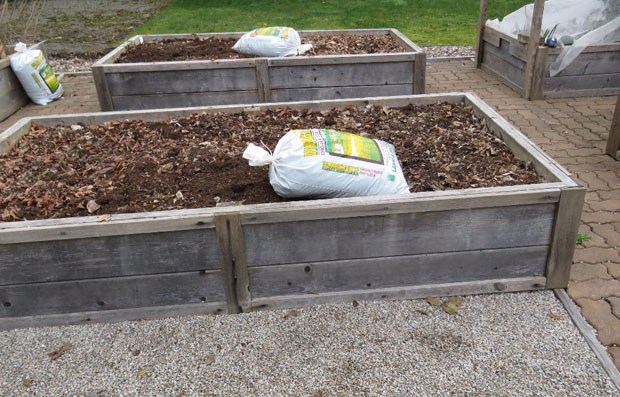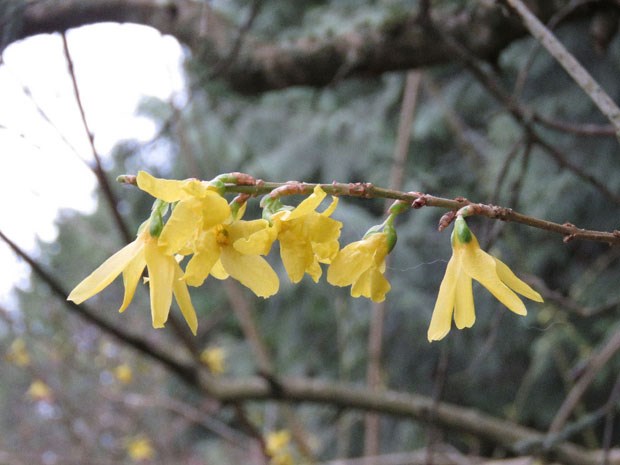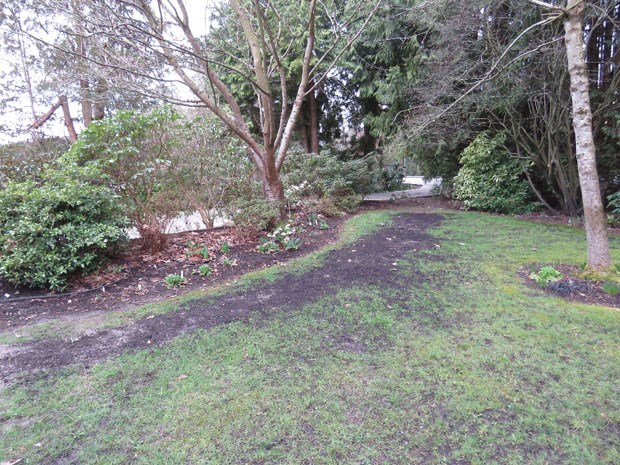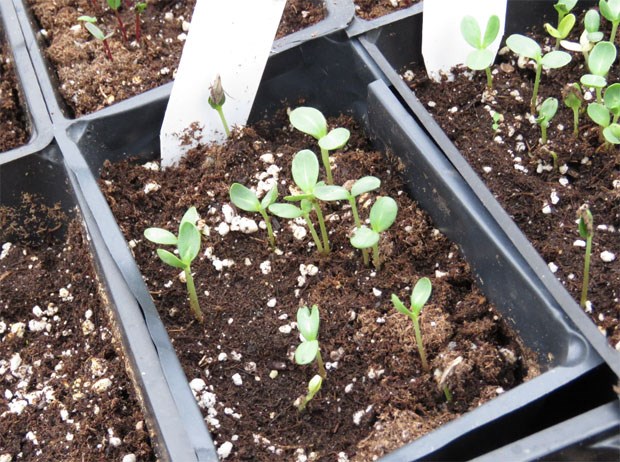The March garden tasks are behind schedule this year. The last couple of months have brought us cool weather, much like last year. Although its been on the cool side this month there is always something to do in the greenhouse and garden. Seeds have been planted in the greenhouse, perennials have been tidied up and the roses are getting a hard pruning. In the greenhouse I have planted tomatoes, zinnias, marigolds, cannas, peppers, cucamelons, Heliotrope and Impatiens. Many of the warm weather crops need to have a head start so they will give you a good harvest before fall arrives. I still have more seeds to plant but most flowers can be started in early April. I keep telling myself they only need about six weeks to grow and we don’t plant outside until mid May. There is nothing worse than starting seeds too early and trying to transplant 12″ high bean or squash plants to the garden. Some plants like beans and squash dislike being transplanted so I will most likely direct sow the seeds. Direct sowing is when you plant the seeds directly where you want them to grow. I also direct sow lettuce, carrots, beets, spinach and mesclun greens. Root crops like carrots and beets don’t like to be transplanted so direct sowing is the way to go.

It’s now time to get your vegetable garden ready for planting. I have already added a couple of bags of steer manure on each of the raised beds and will work in some organic fertilizer soon. The raised beds had shredded leaves added to them so the soil doesn’t look perfect but that’s OK. I am sure the plants will love the leaf mold. You want your raised beds to contain about 5 per cent organic matter. You can add shredded leaves, compost or manure to your garden. Do not more than necessary as too much organic matter can hinder plant growth.

March brings Forsythia in bloom with its bright yellow flowers. It has been said that roses are pruned when the Forsythia is in bloom so Farmer Jim is out pruning dead wood from the climbing roses. We have neglected them for several years so this year some are getting a hard prune. It’s a big job to go up and down a ladder to maintain the thirty feet of roses. Hopefully we will be paid back with lots of flowers. I pruned the few hybrid tea roses as well cutting them back by about half.

The end of March will soon be upon us and it will be time to plant new lawns. When our front yard was dug up to replace the water line last summer it left us with lots of bare spots and a lot of moss. I love moss but Farmer Jim hates it. I know the conditions in the shade garden favour moss so it’s no point fighting it. Low fertility, poor drainage and shade are all conditions that favour moss growth. Living in Ladner means we are below sea level so often the lawns will be underwater during the wet winters we have. I will plant lawn seed and see how it goes. The area where the water line was installed gets enough sunshine in April for it to get off to a good start. I had thought of placing a new path along here but with a late start in the garden, it may wait until fall.
I am finding the gardens are about two weeks behind this year. Plants that were fully leafed out last March are barely showing above ground. As I pull back a few leaves from the soil I am uncovering plants that are slowly showing signs of new growth. I added some new plants to the garden last fall and it’s nice to see they made it through the winter. This is the year I add more flowering shrubs to the garden. The old Forsythia is going to be removed. It was planted in an odd place about twenty years ago and is now about twenty feet across. It’s just too large and straggly. We may remove a few large branches from the base to thin it out and see how it looks before the whole plant is removed. I think a new Camellia would be a better choice for this spot. As plants send up new growth you will also see winter damage appearing on plants like Rosemary. Wait a month and then prune affected areas out on your damaged plants.


